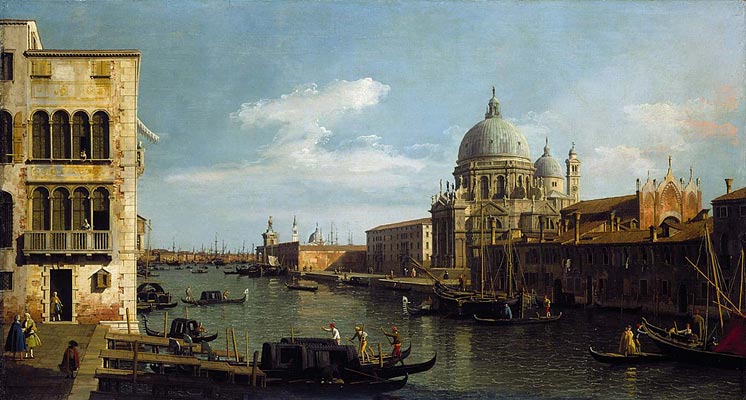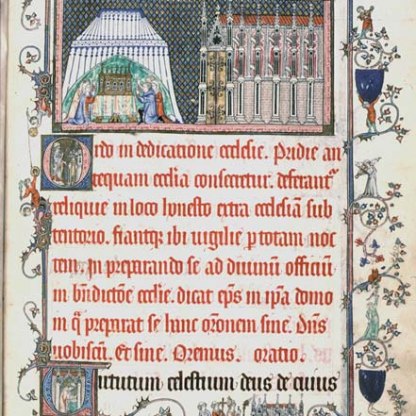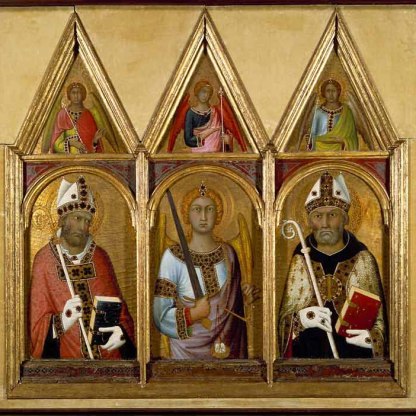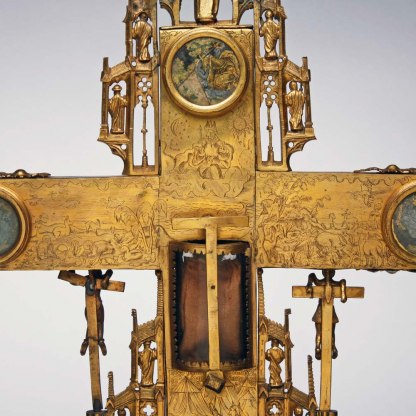The Relics of St Mark
The Evangelist Mark never met the historical Christ, but he was one of the most important figures to preach Christianity in first century CE. There is little contemporary evidence for his life, however, and much of his biography is gleaned from the work of much later writers.
Mark was baptised by St Peter, whom he followed to Rome. His Gospel is thought to have been composed there and to contain the recollections of Peter himself. Mark was then appointed bishop of Aquileia, in north east Italy. Travelling there by boat, he put in at the islands that were to become Venice. Here an angel appeared to him and spoke: Pax tibi, Marce, evangelista meus. Hic requiescet corpus tuum. ('Peace to you, Mark, my evangelist. Here will your body rest.') This prophecy became the motto of the Venetian state.
From Italy, Mark travelled to Egypt, where he became the first bishop of Alexandria. There, on Easter Day 68 CE, as he celebrated mass, he was arrested. Condemned to death, he was dragged through the streets of the city with a rope tied around his neck. A thunderstorm cut short the abuse, however, and Mark's followers were able to recover his corpse and bury him.
Before 800 CE Venice's patron saint had been Theodore, a fourth-century Roman soldier who suffered martyrdom in the East after refusing to worship the pagan gods. But, by the ninth century, the city had grown more spiritually and politically ambitious, and was anxious to be protected by a more prominent saint and one more closely associated with her own territories. Mark, who had served as a bishop in nearby Aquileia and written his Gospel in Italy, was the ideal candidate.
Since the fourth century, it had become important for major Italian cities to possess relics of the Apostles. By the time the Basilica of San Marco was founded in the ninth century, Venice seems to have already acquired various pieces of Sts Peter, John the Evangelist, Matthew, Luke and Bartholomew. But to convincingly claim Mark as their patron, the Venetians needed significant material remains.
They got them in 828 CE when two Venetian merchants stole the Evangelist's bones from Alexandria. Finding the holy corpse under threat from the local Islamic governor, the merchants substituted Mark's body with that of the less celebrated St Claudia. Hiding the Evangelist's remains in a basket of pork to deflect the interest of the customs officials, they hurried on a ship back to Venice. The saint showed his approval of the sacred theft by warning the sleeping sailors when they were approaching a particularly hazardous stretch of coast.
The relics were received in Venice with great ceremony and processed up to the Ducal Palace. By 836 CE, a specially built church had been erected to house them, and in 1063 a church dedicated to St Theodore seems to have been demolished to make way for the present Basilica of San Marco – one of the most spectacular and lavishly decorated churches in Christendom. The great eighteenth-century painter of Venice, Canaletto, provides a fine view of this magnificent structure in a painting in the Fitzwilliam [193].
In 1968, to mark 1900 years since Mark was martyred in Egypt, the Vatican returned some of his relics to the church at Alexandria.
Other highlight objects you might like
Other pathways and stories you might like
Sign up to our emails
Be the first to hear about our news, exhibitions, events and more…






